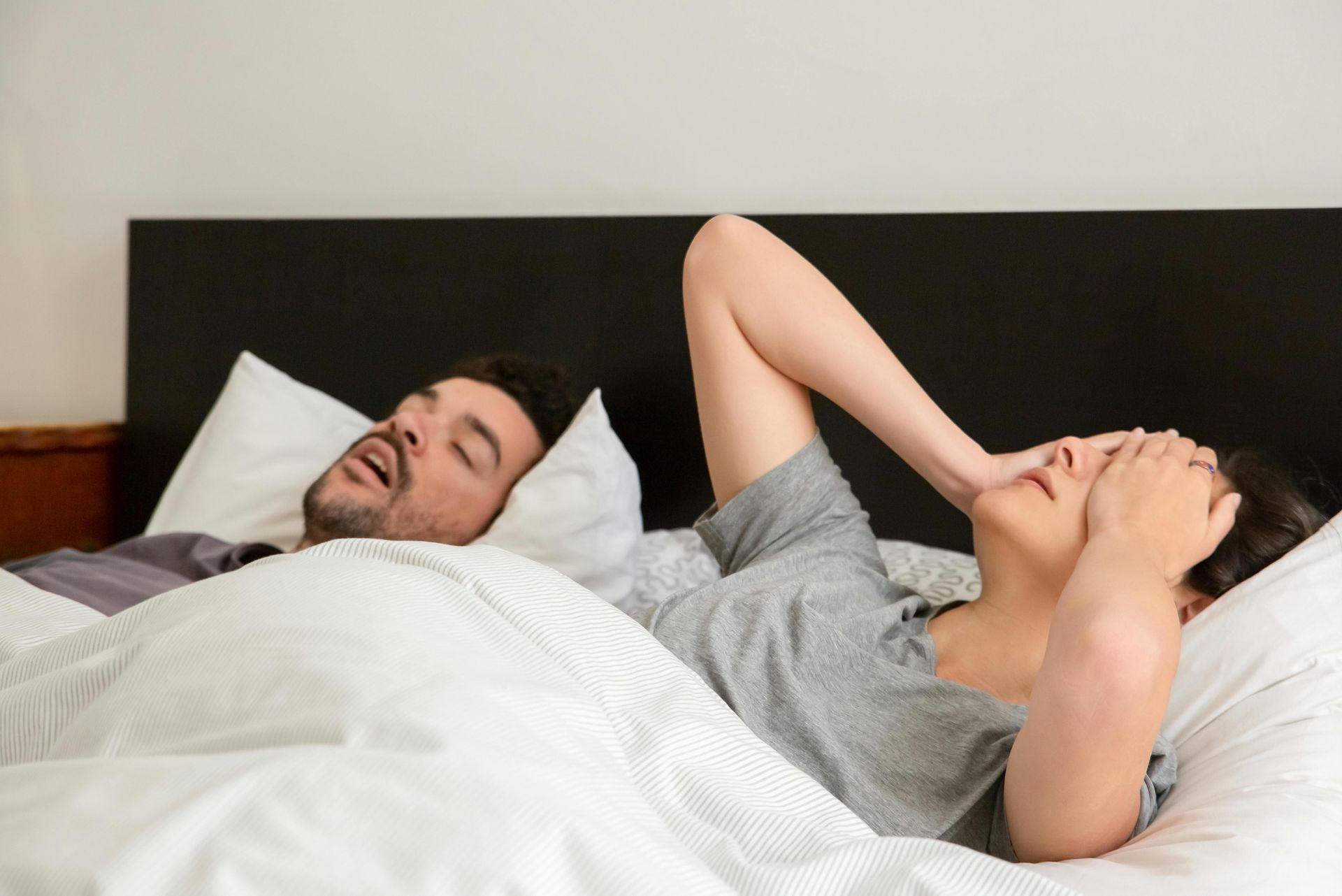Oral Appliances To Control Snoring
Twenty eight million Americans have sleep apnea, a sleep disorder in which breathing starts and stops, leading to gasping for air and body jerking. It is very hard on the heart and brain as the oxygen levels in your system fluctuate repeatedly and this lack of oxygen can actually lead to heart fibrillation and tiredness due to poor sleep quality. Many more Americans snore with a lessor amount of sleep apnea.
More than 38,000 Americans die in their sleep because their uncontrolled sleep apnea has worsened a heart condition causing a heart attack or stroke. It is a very serious problem that due to the low oxygen levels usually leads to daytime sleepiness, high blood pressure and several circulatory system failures.
The most common type of apnea is obstructive sleep apnea (OSA) that causes a cessation of breathing due to the closing off of the airway from a sagging throat and tongue. As we get older or gain weight or simply from genetics, this occurs very commonly.
A sleep study is almost always done, which now can be done very easily with a take home monitor. This is a very important first step so we know the degree of apnea. This is determined and either it is just monitored if minor or treatment is necessary if more severe.
Until lately the standard treatment for OSA has been a cumbersome CPAP machine which uses tubing and a nose mask to put positive pressure onto the soft palate keeping it from sagging which decreases snoring. This machine really does work, but some people just cannot wear it as it is bulky and relatively uncomfortable. Many people just quit wearing their CPAP machine ( almost 50%) after a while and just hope that a systemic problem does not develop. But between being a loud bed partner, having excessive daytime sleepiness and just worrying about their condition most people need another avenue for help.
Several types of custom oral appliances have been designed to treat OSA. Here at our office we can have fabricated the best type of oral appliance for you to treat snoring with amazing results. At present we offer three types depending on many factors and it is surprising how fast the problems subside of OSA or snoring. Also the costs are less for an oral appliance than a CPAP. We have treated dozens of patients with this appliance and the results are pretty amazing. That first really good night of sleep is truly wonderful.
We can diagnose what works best for you and we have more info on our website about this extremely successful appliance.
Copyright © Dr. Annie Mazure-Schmidt
Subscribe To Our Blog







